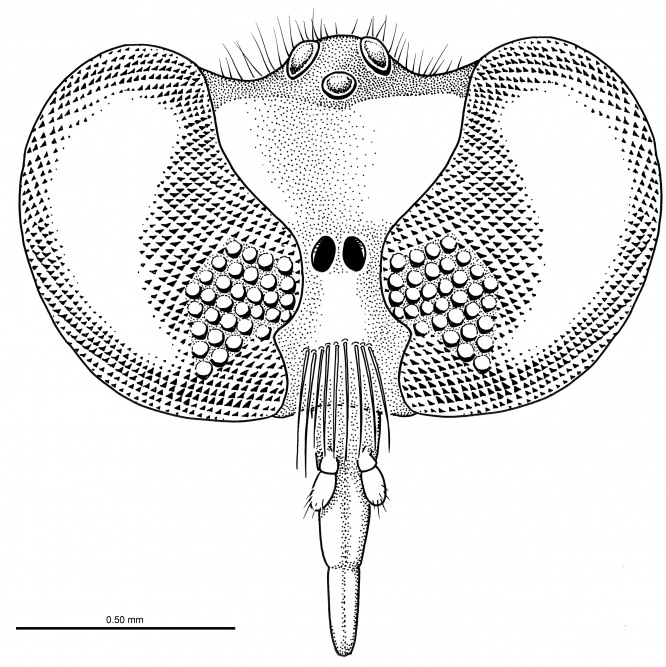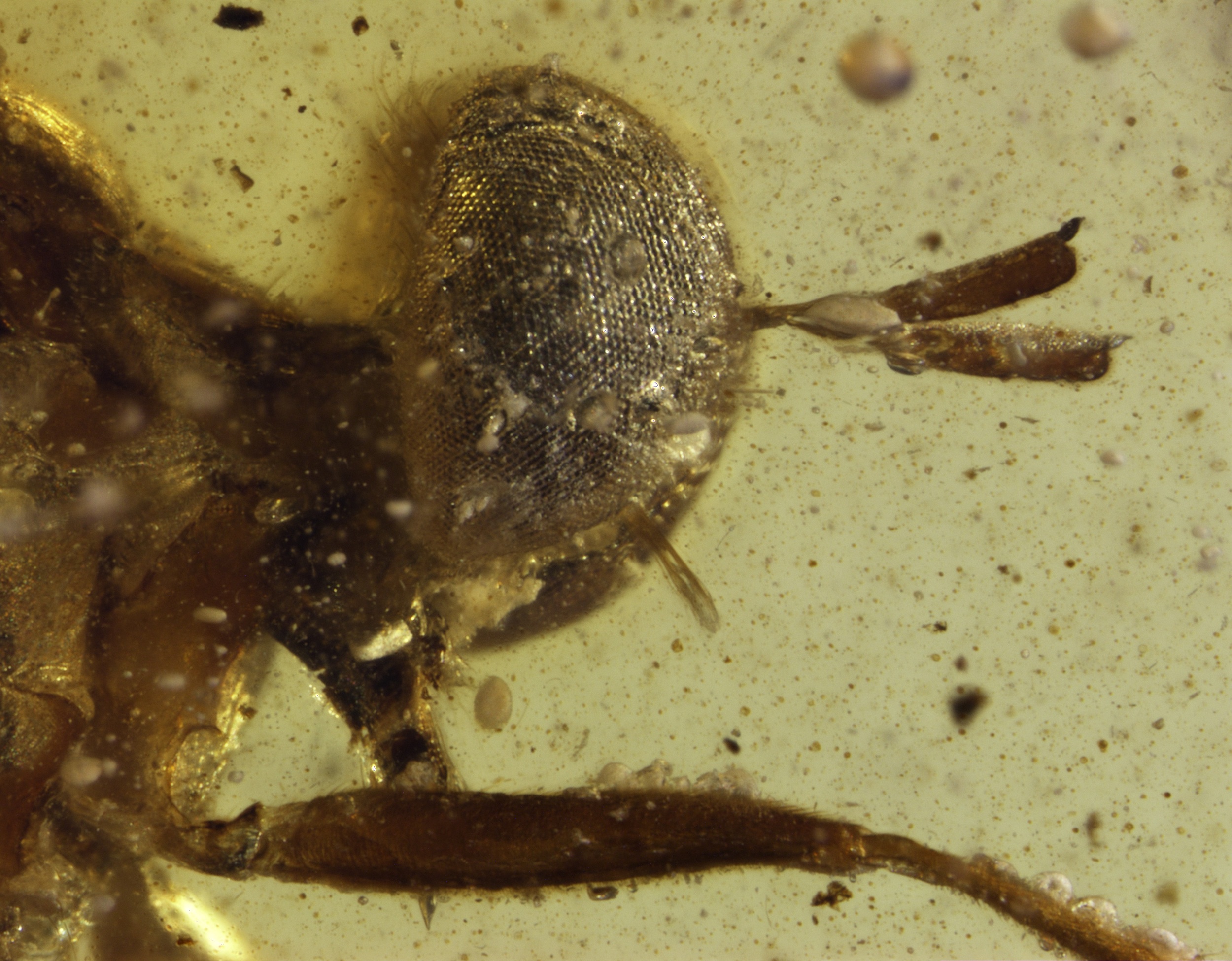Photos: Ancient Assassin Flies Trapped in Amber
Ancient Assassin Fly

A scientist at the Smithsonian National Museum of Natural History discovered and named a new 100-million-year-old species of assassin fly, Burmapogon bruckschi, after studying the first two specimens ever preserved in Burmese amber.
Face of Ancient Fly

Scientists examined a male and a female specimen using a microscope. They found several distinct features not seen in modern species of assassin flies, including long flattened antennae and a unique V-shaped eye structure.
Fierce Killers

Assassin flies are named for their fierce predation strategy; they ambush and catch their prey in flight, puncture their armor-like skeleton and inject them with digestive fluids before extracting the nutrients within.
Spiny Abs

The female B. bruckschi contained small spines on its abdomen, leading researchers to hypothesize that these insects are most closely related to other assassin fly species that use these spines to dig and deposit their eggs in sandy environments.
Assassin Fly Phylogeny

The newly identified ancient species joins more than 7,500 species of assassin flies that are alive today.
Get the world’s most fascinating discoveries delivered straight to your inbox.



